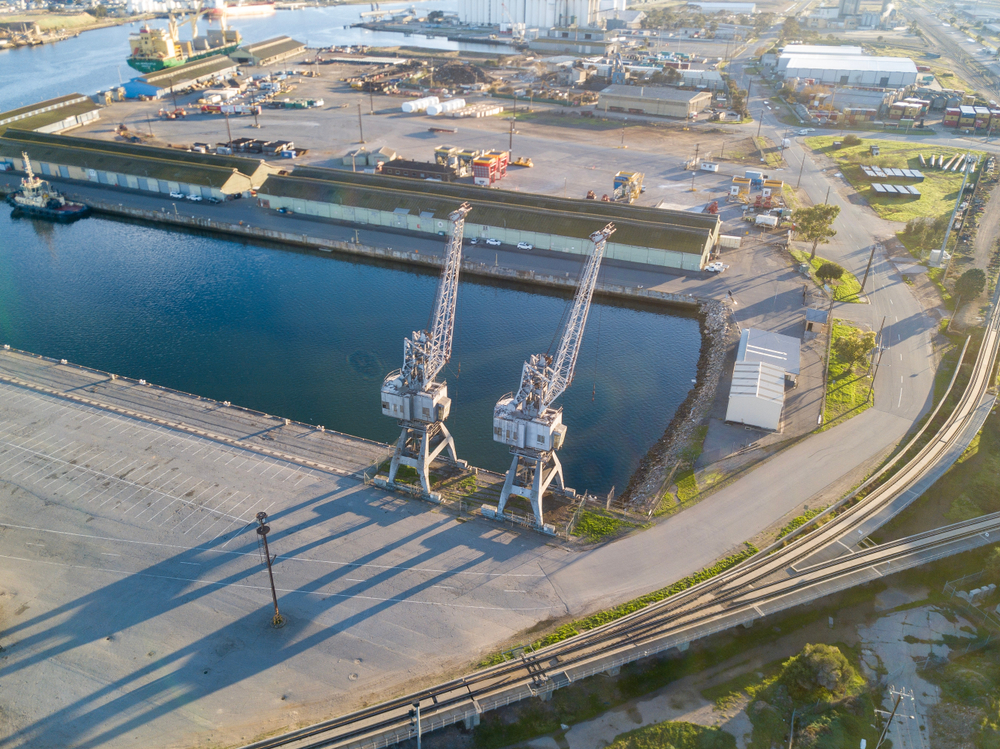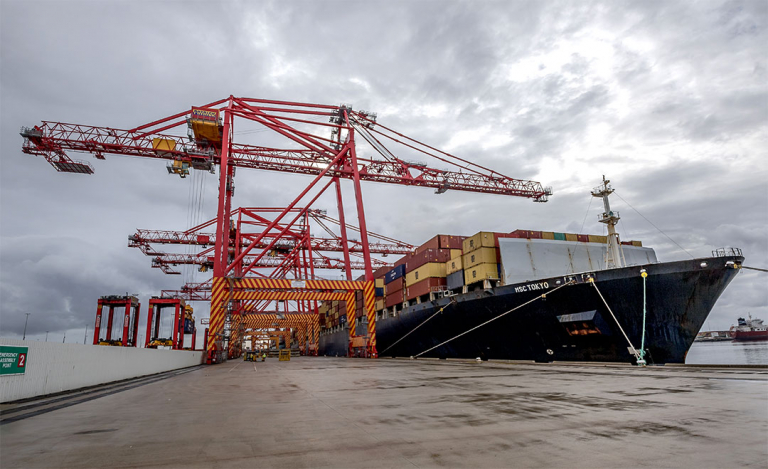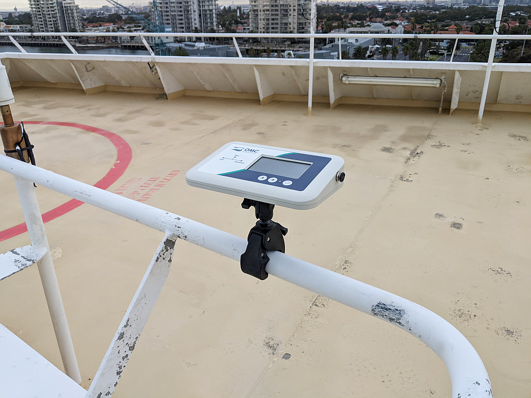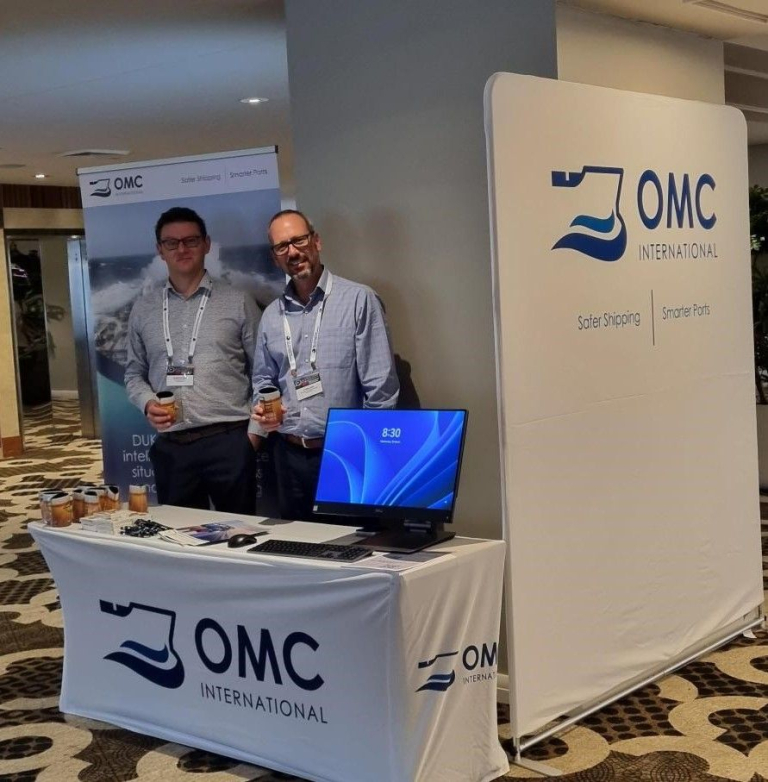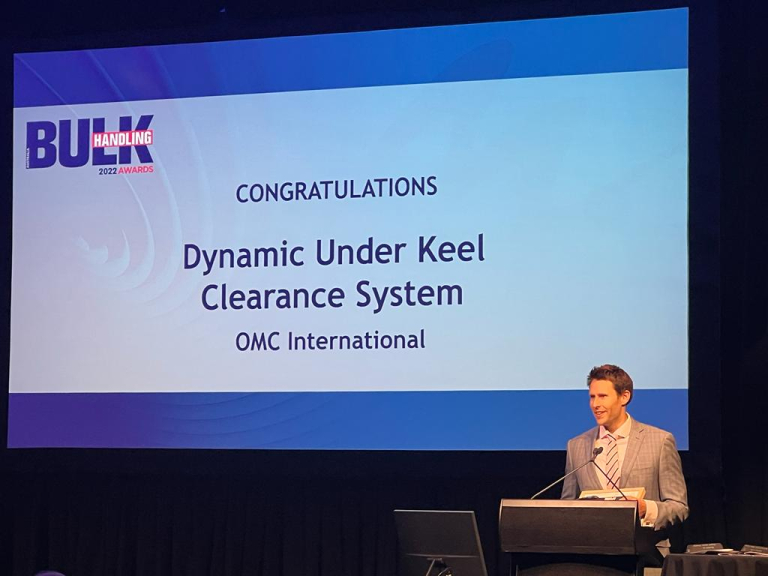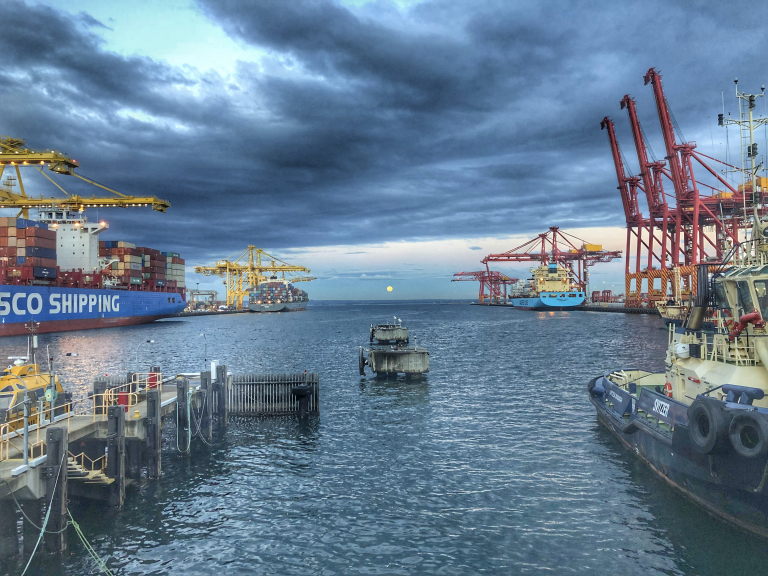Port Adelaide channel is affected by tidal streams. Therefore, Flinders Ports currently imposes sailing restrictions while the tide is rising or falling faster than a specified threshold due to concerns about reduced manoeuvrability at these times. A manoeuvrability study, with a specific focus on bank effects on large PostPanamax container vessels, was undertaken in order to confirm the suitability of sailing restrictions based on tide rate of change, and to determine other factors that contribute to bank effects and thus reduced manoeuvrability. Two complimentary investigative approaches were used.
The first approach was an analysis of vessel tracks for 6 months of supplied AIS data. Situations where vessels approached the channel boundaries were investigated for correlation to environmental conditions, such as tidal streams and wind forces, and other conditions such as under-keel clearance (UKC) and vessel speed. The results of this analysis found that tide rate of change showed no correlation with vessels approaching the channel boundaries. A correlation was observed between increased vessel speed and a higher chance of approaching the channel boundaries.
The second approach was a desktop simulator study, to identify which transit factors induce a higher risk of approaching the channel boundaries. For this study, a design vessel was designated by Flinders Ports as a Post-Panamax container vessel with 300m LOA, 40m beam, and 13m static draft. While a vessel maintains a centreline track, bank effects tend to balance out. However, once a vessel deviates from this track, the various factors contributing to bank effects can very quickly have a large impact on vessel manoeuvrability. The approach of combining theoretical simulation with actual measured vessel behaviour proved a useful method to investigate the underlying factors influencing vessel behaviour at Port Adelaide.
Click here to read the full article: https://wpstaging.omcinternational.com/wp-content/uploads/2019/09/Coasts-Ports-2019-An-investigation-of-bank-effects-by-means-of-vessel-track-analysis.pdf
